Cyberpunk 2077
by Jared Richards, Learning and Information Services Supervisor
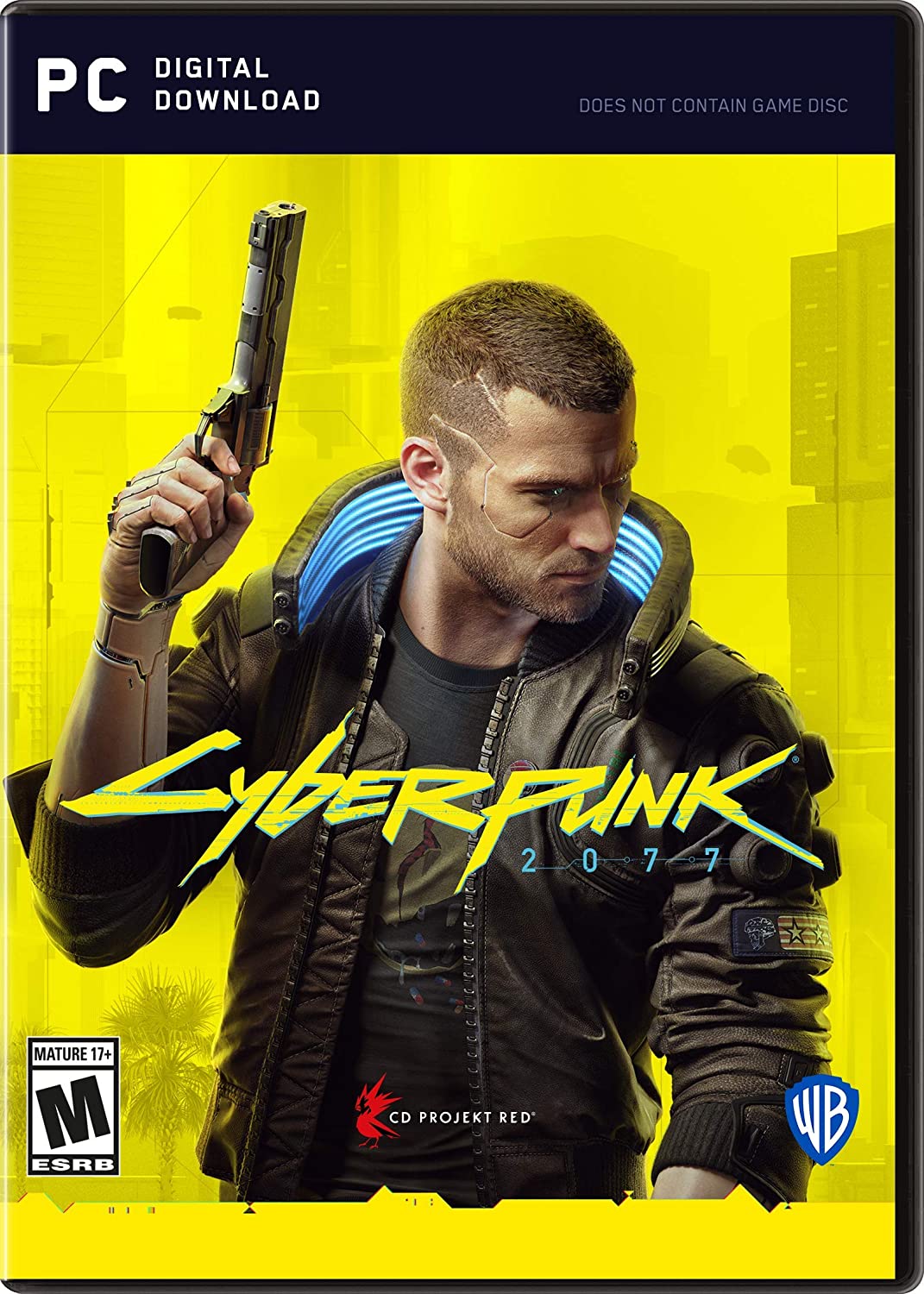 After multiple delays, one of the most anticipated video games of the year, “Cyberpunk 2077”, has finally been released. It is a large, open-world game, set in a dystopian future, where you play as a mercenary outlaw trying to track down a cyber implant that could grant immortality.
After multiple delays, one of the most anticipated video games of the year, “Cyberpunk 2077”, has finally been released. It is a large, open-world game, set in a dystopian future, where you play as a mercenary outlaw trying to track down a cyber implant that could grant immortality.
As you may have guessed from the title, the game has a very specific aesthetic. Cyberpunk is a subgenre of science fiction that portrays a gritty future filled with technologically enhanced body modifications, mixes punk and hacker cultures together, and has a strong 1980s vibe. This last part makes sense because cyberpunk really started making a name for itself in the 1980s with writers like William Gibson, Bruce Sterling, and Katsuhiro Otomo, a Japanese manga artist best known for “Akira,” which is credited with starting the cyberpunk movement in Japan.
When it comes to science fiction, I tend to be more drawn to time travel and time loop stories. But as I patiently waited for “Cyberpunk 2077” to be released, I became more interested in the authors and books that have helped create and popularize the cyberpunk subgenre.
A good place to start is “Mirrorshades: The Cyberpunk Anthology” edited by Bruce Sterling. This is a collection of short stories that will give you a taste of cyberpunk, without having to commit to a novel or whole series of novels. Science fiction, and cyberpunk in particular, can be densely packed when it comes to world-building and story, so it doesn’t hurt to dip your toes in with a short story to see if the water is right for you.
“Neuromancer” by William Gibson, first published in 1984, is viewed as one of the most influential cyberpunk novels, and went a long way in popularizing the subgenre. The protagonist, Henry Case, is a hacker and data-thief that is caught stealing from his employer. As punishment, his nervous system is damaged so he can no longer enter the matrix. This is a term you may be familiar with because the movie “The Matrix” starring Keanu Reeves was highly influenced by this novel.
Case is approached by a new, mysterious employer named Armitage, who offers to fix Case’s nervous system in exchange for joining a team comprised of a street samurai, a psychopath, and the digital consciousness of Case’s dead mentor. The team is tasked with joining two artificial intelligences (AIs) in order to form a super-AI, something that is currently prohibited by law. The job seems straightforward enough, but “Neuromancer” is a fairly dense novel, and things aren’t always what they seem.
William Gibson has left his mark on science fiction and cyberpunk, by coining terms like ‘cyberspace’ and the idea of the matrix to describe a virtual space. Neal Stephenson, author of “Snow Crash,” has left a similar mark. He helped popularize the word ‘avatar’ to describe someone’s digital representation, and coined the term ‘metaverse’ to describe the shared virtual space created by virtual and augmented reality, and the internet.
In the world of “Snow Crash,” corporations have gained more power than national governments and everything from jails to mega-churches have become privatized and franchised. Even individual communities, called ‘burbclaves,’ have been walled-off and operate as city-states with their own constitutions and laws.
Hiro Protagonist, our protagonist, or maybe our hero, delivers pizzas in the real world, a business now run by the mafia, but in the metaverse he is a well-known hacker and programmer. The plot of the novel is centered around a neuro-linguist virus, both in the real world and the digital metaverse, that has its origins in ancient Sumerian culture and the Tower of Babel myth. This retelling of that myth says that in order to beat the same virus in ancient times, which used the Sumerian language in concert with a physical virus to program people’s brains, an anti-virus was created. This anti-virus prevented humans from understanding the Sumerian language, thus preventing the brain reprogramming, and led to the creation of the languages we have today. Like many protagonists, Hiro is tasked with saving the day, and I am partial to this story because he is aided along the way by a virtual librarian.
I now find myself with the dilemma of wanting to play “Cyberpunk 2077,” but also wanting to read the stack of books I have checked out from the library. No pressure, but if you start putting some of these books on hold, I will be forced to read them just a little bit faster. Everyone wins.


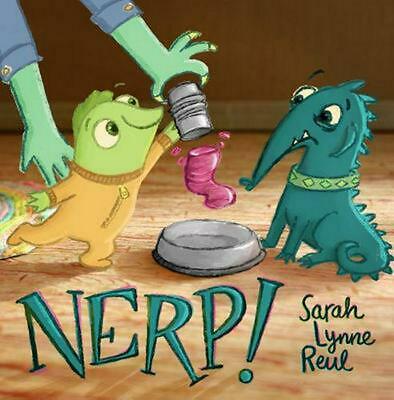 As a new parent, I’m learning the things children do that are frustrating but also hilarious. Hearing the stories my mother had of what my brother and I did seemed ridiculous until I start noticing it with my son and the children that come into the library. When my mom would be prepping a meal, I would sneak the best way a 3-year-old could and steal raw vegetables off the cutting board. Anything and everything that was on the ground was edible. This included a dead spider my dad tracked in from outside that my mother had to pull out of my mouth. My mom’s hair? That’s a toy that is asking to be pulled and be tangled around my fingers. If my parents gave me a piece of paper and some colored pencils, I decided that the wall would be a better canvas. Whatever it was, they love talking about how ridiculous my brother and I were and how now, it’s hilarious.
As a new parent, I’m learning the things children do that are frustrating but also hilarious. Hearing the stories my mother had of what my brother and I did seemed ridiculous until I start noticing it with my son and the children that come into the library. When my mom would be prepping a meal, I would sneak the best way a 3-year-old could and steal raw vegetables off the cutting board. Anything and everything that was on the ground was edible. This included a dead spider my dad tracked in from outside that my mother had to pull out of my mouth. My mom’s hair? That’s a toy that is asking to be pulled and be tangled around my fingers. If my parents gave me a piece of paper and some colored pencils, I decided that the wall would be a better canvas. Whatever it was, they love talking about how ridiculous my brother and I were and how now, it’s hilarious.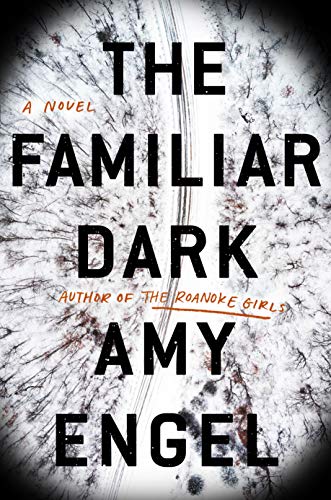 With the recent adaptation of J.D. Vance’s bestselling memoir “
With the recent adaptation of J.D. Vance’s bestselling memoir “ Crafting won’t solve all your problems, but stabbing something with a needle repeatedly is an easy way to feel less anxious. Unfortunately I can’t follow a pattern to save my life, so for a while I only did embroidery.
Crafting won’t solve all your problems, but stabbing something with a needle repeatedly is an easy way to feel less anxious. Unfortunately I can’t follow a pattern to save my life, so for a while I only did embroidery.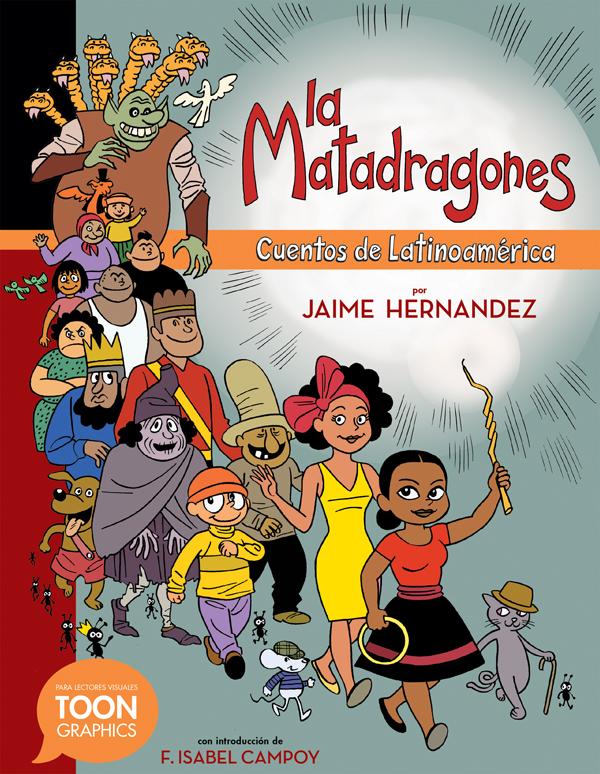 I had a very vivid imagination as a child. My older sibling and I spent a lot of time playing
I had a very vivid imagination as a child. My older sibling and I spent a lot of time playing 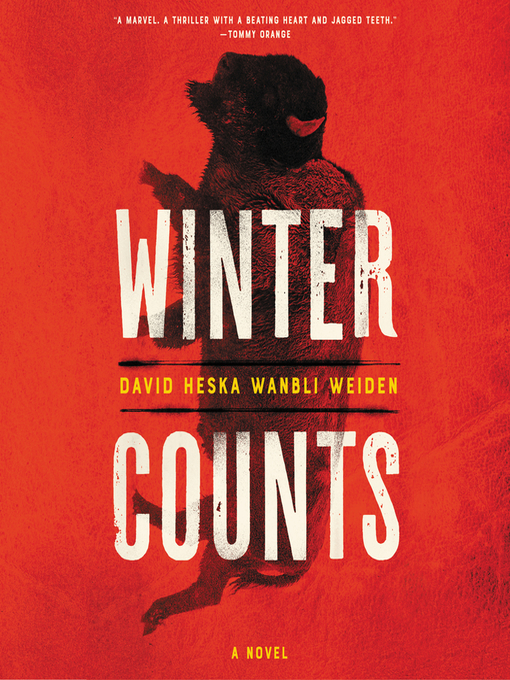 According to the United States Census Bureau, in 2019, 6.9 million Americans identify as American Indian and Alaska Native (AIAN) persons, and this year there are 574 federally- recognized American Indian tribes. Thirty-nine of these tribes call the state of Oklahoma home. I was born in Oklahoma, and while I only lived there for a few years, I’ve gone back frequently to visit family and have an affinity for the red-iron-rich staining dirt. Driving down I-35 from Manhattan to Oklahoma City, I’m always struck by the distinct change in the Earth’s hue, as well as the white-and-green highway signs featuring town names like Chickasha, Tonkawa, and Pawnee. These towns are named after American Indian tribes, and they call out to my curiosity as I drive down I-35. I wonder what stories and histories the peoples of these tribes have. I wonder how different or similar they are to my story. I wonder if they are just as taken with the vibrant red-iron-rich stained earth as I am, and if they have their own story to explain such a phenomenon. Being a librarian and avid bibliophile, I cannot help but find books to sate my curiosity about AIAN peoples and their stories. Here are some of the recently-published contemporary fiction novels I’ve discovered written by American Indian authors.
According to the United States Census Bureau, in 2019, 6.9 million Americans identify as American Indian and Alaska Native (AIAN) persons, and this year there are 574 federally- recognized American Indian tribes. Thirty-nine of these tribes call the state of Oklahoma home. I was born in Oklahoma, and while I only lived there for a few years, I’ve gone back frequently to visit family and have an affinity for the red-iron-rich staining dirt. Driving down I-35 from Manhattan to Oklahoma City, I’m always struck by the distinct change in the Earth’s hue, as well as the white-and-green highway signs featuring town names like Chickasha, Tonkawa, and Pawnee. These towns are named after American Indian tribes, and they call out to my curiosity as I drive down I-35. I wonder what stories and histories the peoples of these tribes have. I wonder how different or similar they are to my story. I wonder if they are just as taken with the vibrant red-iron-rich stained earth as I am, and if they have their own story to explain such a phenomenon. Being a librarian and avid bibliophile, I cannot help but find books to sate my curiosity about AIAN peoples and their stories. Here are some of the recently-published contemporary fiction novels I’ve discovered written by American Indian authors.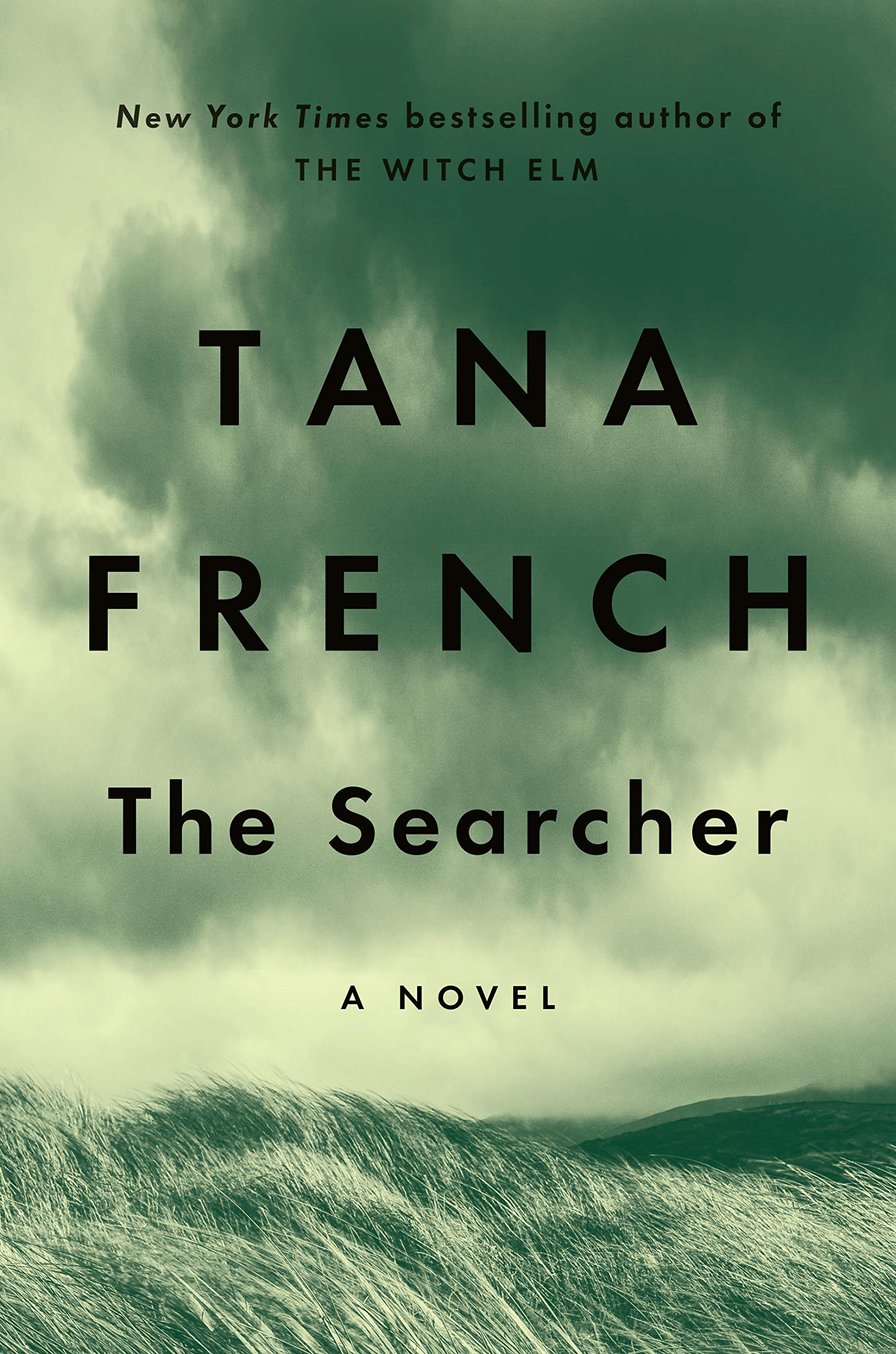 Tana French is a highly regarded Irish mystery writer. Books like “
Tana French is a highly regarded Irish mystery writer. Books like “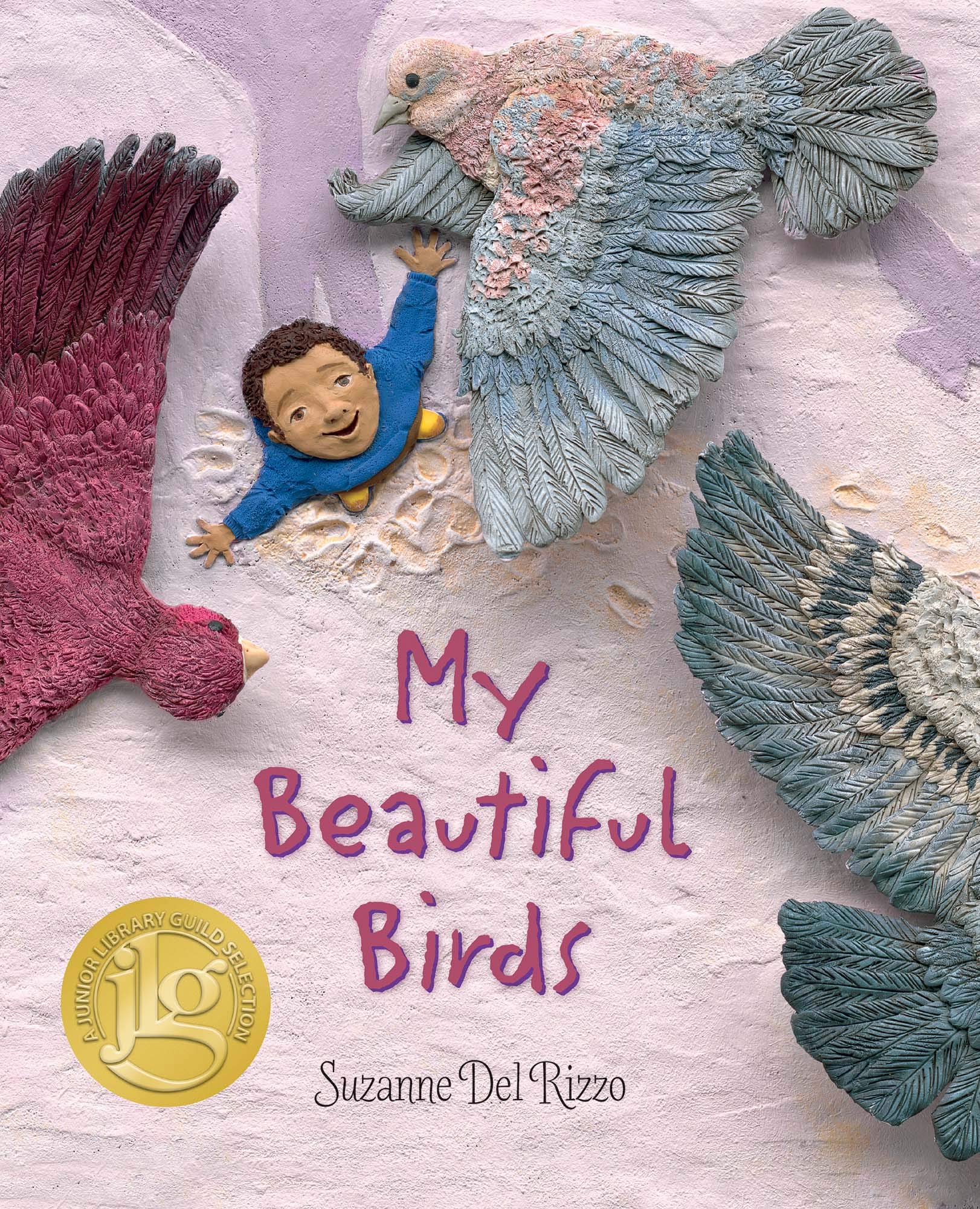 Victoria Jamieson, author of
Victoria Jamieson, author of  “Iron Lake” by William Kent Krueger
“Iron Lake” by William Kent Krueger